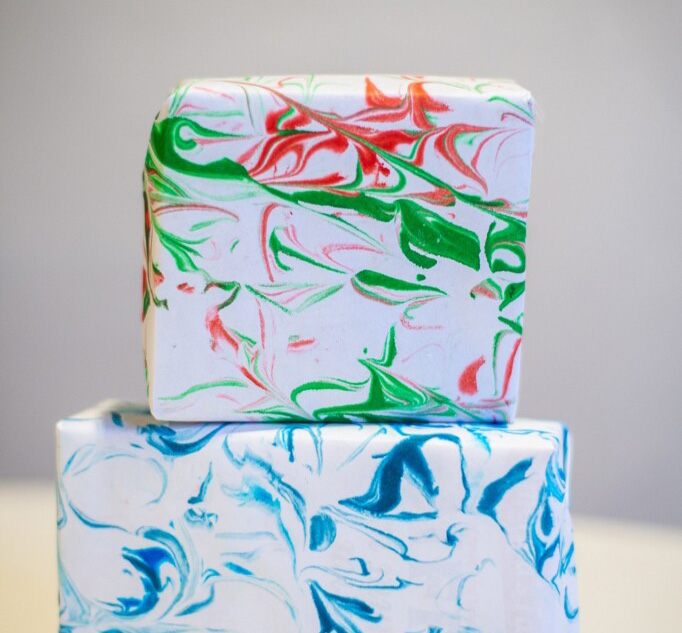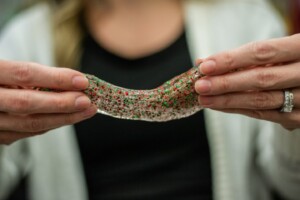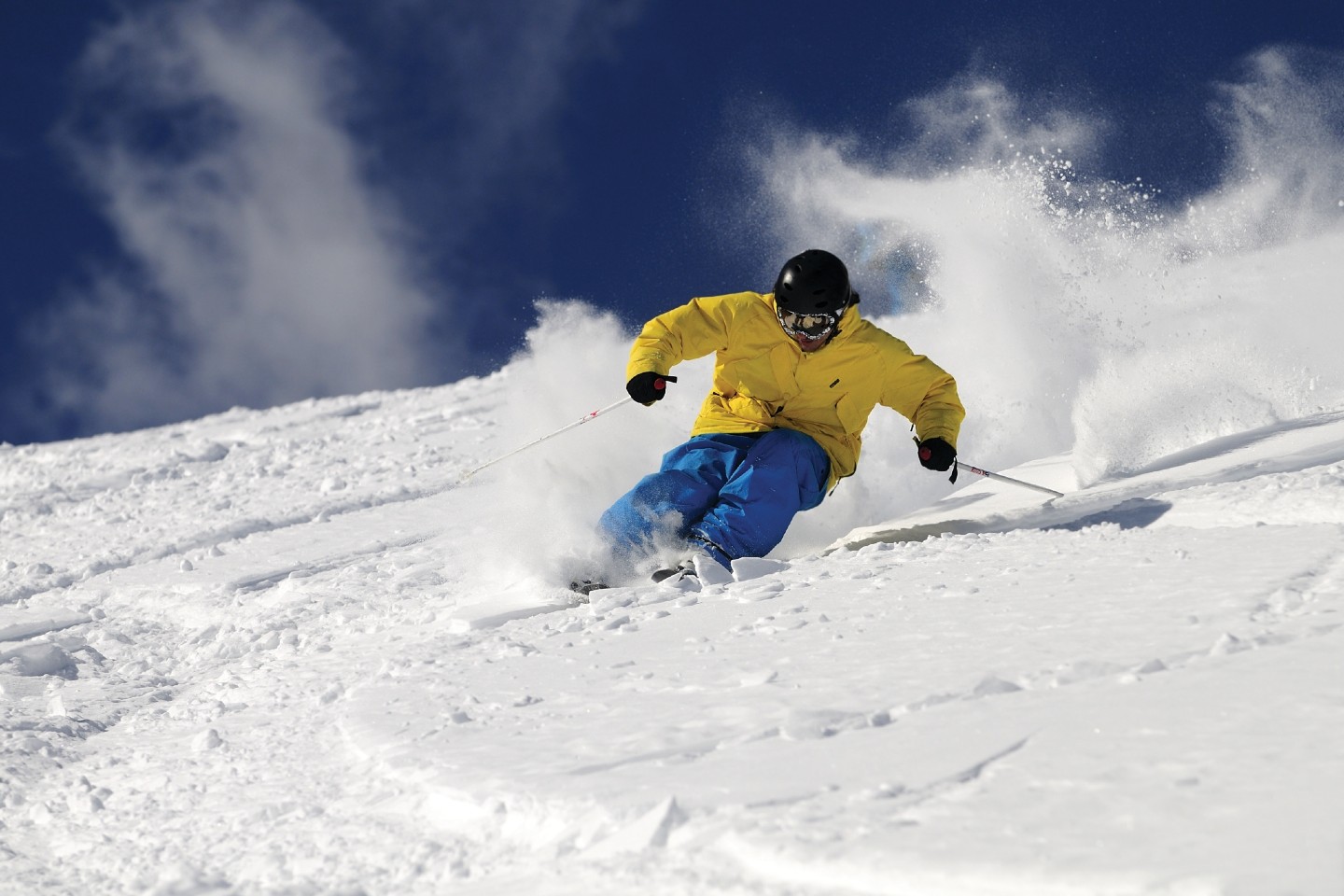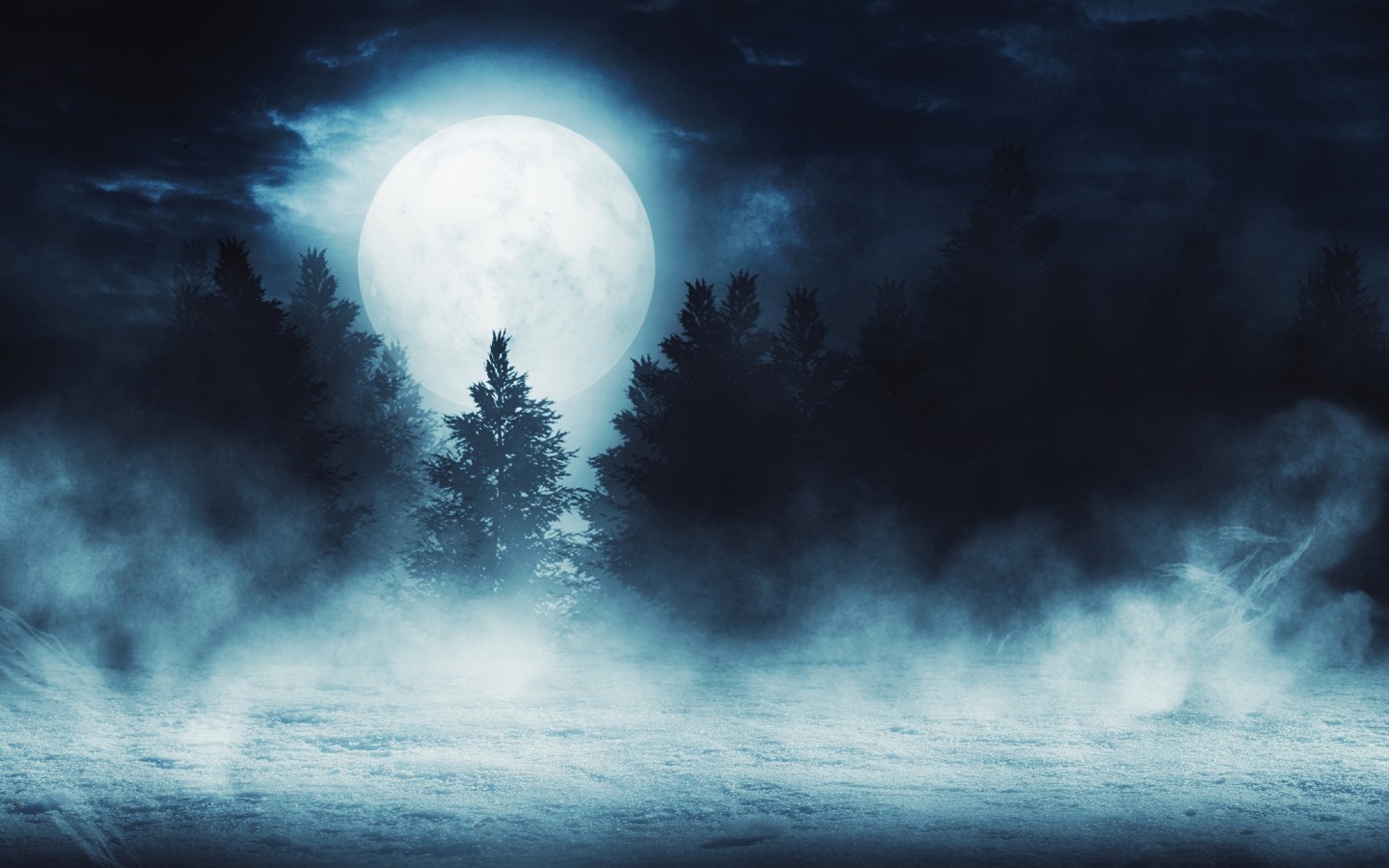As the holidays arrive, students tend to become distracted. Performing demonstrations and doing fun class activities can help keep their minds focused on important science concepts.
You can create a memorable learning experience out of this festive holiday with a discussion of chemistry topics such as redox reactions, indicators, polymers, properties of matter, and phase changes.
Try these engaging activities . . .
Borax snowflakes
Shape pipe cleaners into snowflakes or other fun holiday shapes and watch the crystals form in this activity.
Topics covered: solutions, solubility, crystallization, crystal structure

Borax Snowflake
This lab activity will guarantee a snow day! Teach solutions and crystallization while making snowflake decorations for your classroom. Looking for an activity to do that will guarantee a snow day? Help your students learn about solutions and crystallization while making snowflake decorations for your classroom. Borax is the common name for sodium tetraborate decahydrate, Na2B4O7 – 10H2O, also called sodium borate. Borax occurs naturally and is used in laundry and cleaning products. It is a mineral sediment formed after repeated evaporation of seasonal lakes. Borax is the salt of a strong base and a weak acid. When added to water, borax forms the borate ion. A typical solution is one in which a solid is dissolved in a liquid. The amount of solid a liquid is capable of dissolving is limited. However, sometimes a solution can be manipulated so that it becomes supersaturated, that is, it contains a greater

Borax Snowflake
This lab activity will guarantee a snow day! Teach solutions and crystallization while making snowflake decorations for your classroom. Looking for an activity to do that will guarantee a snow day? Help your students learn about solutions and crystallization while making snowflake decorations for your classroom. Borax is the common
Traffic light demonstration
Watch as a solution changes from green to red to yellow in this holiday color demonstration.
Topics covered: oxidation-reduction reactions, reversible reactions, indicators, rates of reactions

Color Change Chemical Reaction
Also known as the traffic light reaction, indigo carmine produces a colorful demonstration In this activity, a redox indicator (indigo carmine) changes color as a result of electron transfer. The introduction of oxygen through swirling causes the indigo carmine to turn green as it is oxidized. Upon standing, the indigo carmine is reduced by the glucose, causing the indicator to turn yellow. A semiquinone intermediate causes a red color between the yellow and green. You can influence the rate at which the color changes. Higher temperatures and greater concentrations cause the color change to occur more rapidly. Topics covered: oxidation-reduction reactions, reversible reactions, indicators, rates of reactions Safety Use caution when swirling solutions with indigo carmine. This dye will stain skin and clothing. To prevent spills, place a solid rubber stopper in the flask and press downward with the palm of your hand while swirling the flask to add oxygen.

Color Change Chemical Reaction
Also known as the traffic light reaction, indigo carmine produces a colorful demonstration In this activity, a redox indicator (indigo carmine) changes color as a result of electron transfer. The introduction of oxygen through swirling causes the indigo carmine to turn green as it is oxidized. Upon standing, the indigo
Marbled gift wrap
Drip food coloring on shaving cream and transfer the pattern to paper to create holiday gift wrap.
Topics covered: properties of water, polarity, properties of soap

Shaving Cream and Food Coloring Chemistry
Decorate wrapping paper or eggs while illustrating scientific concepts and making real-world connections. Foam shaving cream is primarily composed of air and soap. Soap is an amphipathic substance, which means that its molecules have both a hydrophilic (water loving) and a hydrophobic (water fearing) end. Because of this, soap is able to combine with water and with many oils. When you drop food coloring (a hydrophilic substance) onto shaving cream, the cream’s hydrophobic end prevents the coloring from spreading. Use the technique to create a marble effect on paper for stationery or gift wrap or to decorate eggs. Paper is primarily composed of cellulose (a hydrophilic substance). When you place paper on top of the shaving cream and the colored pattern, the food coloring is attracted to the paper, causing the colored pattern to transfer permanently to the paper. Topics covered: properties of water, polarity, properties of soap. Food coloring and

Shaving Cream and Food Coloring Chemistry
Decorate wrapping paper or eggs while illustrating scientific concepts and making real-world connections. Foam shaving cream is primarily composed of air and soap. Soap is an amphipathic substance, which means that its molecules have both a hydrophilic (water loving) and a hydrophobic (water fearing) end. Because of this, soap is
Silver decorations
Shape copper wire to create interesting designs and place the wire in an aqueous solution of silver nitrate. The single replacement reaction will create a beautiful silver ornament.
Topics covered: oxidation-reduction reactions, activity series

Single-replacement Reaction
Create silver decorations with chemistry In this activity students perform a redox reaction in which silver take the place of copper in copper wire. The copper changes from its elemental form to its aqueous ionic form. During the course of the reaction, the silver ions are reduced and are removed from the solution. The silver ions are deposited on the copper wire as elemental silver. The copper metal is oxidized and forms ions in the solution, changing the solution from colorless to light blue. The following reaction occurs: 2AgNO3(aq) + Cu(s) → Cu(NO3)2(aq) + 2Ag(s) Topics covered: oxidation-reduction reactions, single-replacement reactions, activity series. Materials (per student) 0.1 M Silver Nitrate, 50 mL Copper Wire Beaker, 50 mL Scissors String, 20 cm Craft Stick Procedure Shape a piece of copper wire into an object of your choosing, such as a star, snowflake, Christmas tree, or other shape. This shape must be

Single-replacement Reaction
Create silver decorations with chemistry In this activity students perform a redox reaction in which silver take the place of copper in copper wire. The copper changes from its elemental form to its aqueous ionic form. During the course of the reaction, the silver ions are reduced and are removed
Mirrored silver ornaments
Silver can be plated onto the interior surface of a glass vial via a redox reaction. Dextrose is oxidized to gluconic acid, and silver ions are reduced to metallic silver.
Topics covered: redox reactions, Lewis acids and bases, organic structures, complexes, and stoichiometry

Silvering Glass
Create Silver-Mirrored Christmas Ornaments with a Redox Reaction Create silver ornaments with your students using a chemical process similar to antique mirroring techniques. In this festive activity, silver is plated onto the interior surface of a glass vial via a redox reaction. In the reaction, dextrose is oxidized to gluconic acid, and silver ions are reduced to metallic silver. Topics covered: redox reactions, Lewis acids and bases, organic structures, complexes, and stoichiometry. Materials Acetone 0.5 M Silver Nitrate 1.5 M Ammonium Nitrate (prepare fresh for each demo) 5% Dextrose Solution 3 M Sodium Hydroxide Sodium Chloride (for waste) Disposable Pipets Glass Vials, 2 dram Beaker, 600 mL Glass Stir Rod Deionized Water Tap Water Curling ribbon (optional) Ornament hangers or paper clips (optional) Safety Keep acetone away from heat, sparks, and flame. Keep ammonium nitrate away from clothing and other combustible materials. Sodium hydroxide causes skin and eye burns; avoid

Silvering Glass
Create Silver-Mirrored Christmas Ornaments with a Redox Reaction Create silver ornaments with your students using a chemical process similar to antique mirroring techniques. In this festive activity, silver is plated onto the interior surface of a glass vial via a redox reaction. In the reaction, dextrose is oxidized to gluconic
Festive slime
Add festive food coloring, glitter, and even beads for a holiday spin on this student favorite.
Topics covered: polymers and properties of matter


How to Make Slime
An Introduction to Polymer Chemistry Whether you want to introduce students to polymers, engage them with a fun science demo, or simply have the most popular station at your school’s science night, making slime is always a great idea. This non-toxic slime is easy to make and keeps the mess to a minimum. Turn the demo into a lesson with the extension ideas at the end of this article. Buy a Slime Kit Safety and teacher tips Even though PVA slime is non-toxic, have students wash their hands after handling slime. Do not eat slime. Over-aggressive mixing of slime in the plastic bags can lead to rupture, resulting in a slimy mess. Double-bag the slime formulations or use thicker freezer bags to prevent tears. Slime residue can be removed using warm water, but it may be difficult to remove from carpet. If slime is allowed to dry, water will evaporate

How to Make Slime
An Introduction to Polymer Chemistry Whether you want to introduce students to polymers, engage them with a fun science demo, or simply have the most popular station at your school’s science night, making slime is always a great idea. This non-toxic slime is easy to make and keeps the mess
Let it snow
Earth science meets physical science when you demonstrate snowflake formation to your class using dry ice and high humidity.
Topics covered: weather, precipitation, solutions, solubility, crystallization, crystal structure

Do-It-Yourself Snowflakes
Introduction Growing snowflakes in a bottle can be a fun demonstration to show your students, or they can grow their own snowflakes in class or at home. This is accomplished by using household materials and dry ice. Purchase dry ice from local grocery stores or companies that supply ice. Topics covered: crystallization, crystal structure Snow delights most students and frustrates most teachers. Please everyone when you create snowflakes in the comfort of your classroom. Materials Needed (per setup) Growing Chamber (500-mL plastic water bottle, preferably with no ridges at the bottom) 3 Large (20 oz) Foam Cups, 1-L Container, Tall Deli Container, or 4-c Measuring Pitcher Small Sponge, 1/2” thick Nylon Filament Fishing Line (2- to 4-lb test), 1 ft Standard Paper Clip Ice Pick 4 Straight Pins Paper Towels Dish Towel 2 to 3 lb Dry Ice Goggles Hammer Insulated Gloves Sharp Knife Scissors Large Spoon or Scoop Tap

Do-It-Yourself Snowflakes
Introduction Growing snowflakes in a bottle can be a fun demonstration to show your students, or they can grow their own snowflakes in class or at home. This is accomplished by using household materials and dry ice. Purchase dry ice from local grocery stores or companies that supply ice. Topics
Snow polymer
Hydrate sodium polyacrylate, snow polymer, to form dry fluffy “snow.” Challenge your students to design an experiment using the chemical. Teach students about super absorbent polymers, physical properties, and the scientific method.

Investigating Phenomena: How Can You Make Fake Snow?
Carolina Phenomenon Phenomena-driven science! Phenomena are observable, naturally occurring events that are everywhere and spark student questions and investigations. Ask students to observe the DCI-linked phenomenon in the video and complete the attached student sheet prior to remote learning discussions. Generate Questions: Why does adding water make the white powder grow or multiply? Where does all the water go? How much water can the white powder hold? How big can the crystal get? Research (include sources) Final Explanation Use a written explanation, graphic, or flow chart to present your final explanation for snow polymer. Buy Sodium Polyacrylate | Snow Polymer About The Author Carolina Staff Carolina is teamed with teachers and continually provides valuable resources–articles, activities, and how-to videos–to help teachers in their classroom. See author's posts

Investigating Phenomena: How Can You Make Fake Snow?
Carolina Phenomenon Phenomena-driven science! Phenomena are observable, naturally occurring events that are everywhere and spark student questions and investigations. Ask students to observe the DCI-linked phenomenon in the video and complete the attached student sheet prior to remote learning discussions. Generate Questions: Why does adding water make the white powder
Holiday flame test
Explore different elements and their emission spectra with a flame test. For holiday flare, pick elements that match your holiday colors, or pick elements that match your school colors. Teach or enforce your students’ knowledge of atomic theory and the Bohr atomic model.

Flame Tests and Spectroscopy: Get Excited About Color
Have you ever wondered what makes fireworks sparkle with color, why decorative fireplace logs burn green or blue, or how birthday cake candles burn with a flame that matches the candle? Students can investigate the phenomenon of colored flames using flame tests and spectroscopy. This visually impactful lab incorporates quantitative data to help explain abstract aspects of atomic theory and electron behavior. What happens as electrons gain additional kinetic energy from a heat source? How does electron energy relate to color? Find the explanation below. Bohr’s Atomic Model Bohr’s atomic model In the Bohr model of the atom, electrons are arranged in circular pathways around the nucleus, which are dictated by a fixed amount of energy corresponding to its pathway. The electrons can move, or jump, from one level to the next by absorbing or emitting a given amount of fixed energy termed a quantum of energy.

Flame Tests and Spectroscopy: Get Excited About Color
Have you ever wondered what makes fireworks sparkle with color, why decorative fireplace logs burn green or blue, or how birthday cake candles burn with a flame that matches the candle? Students can investigate the phenomenon of colored flames using flame tests and spectroscopy. This visually impactful lab incorporates quantitative
As the holidays arrive, students tend to become distracted. Performing demonstrations and doing fun class activities can help keep their minds focused on important science concepts.
You can create a memorable learning experience out of this festive holiday with a discussion of chemistry topics such as redox reactions, indicators, polymers, properties of matter, and phase changes.
Try these engaging activities . . .
Borax snowflakes
Shape pipe cleaners into snowflakes or other fun holiday shapes and watch the crystals form in this activity.
Topics covered: solutions, solubility, crystallization, crystal structure

Borax Snowflake
This lab activity will guarantee a snow day! Teach solutions and crystallization while making snowflake decorations for your classroom. Looking
Traffic light demonstration
Watch as a solution changes from green to red to yellow in this holiday color demonstration.
Topics covered: oxidation-reduction reactions, reversible reactions, indicators, rates of reactions

Color Change Chemical Reaction
Also known as the traffic light reaction, indigo carmine produces a colorful demonstration In this activity, a redox indicator (indigo
Marbled gift wrap
Drip food coloring on shaving cream and transfer the pattern to paper to create holiday gift wrap.
Topics covered: properties of water, polarity, properties of soap

Shaving Cream and Food Coloring Chemistry
Decorate wrapping paper or eggs while illustrating scientific concepts and making real-world connections. Foam shaving cream is primarily composed of
Silver decorations
Shape copper wire to create interesting designs and place the wire in an aqueous solution of silver nitrate. The single replacement reaction will create a beautiful silver ornament.
Topics covered: oxidation-reduction reactions, activity series

Single-replacement Reaction
Create silver decorations with chemistry In this activity students perform a redox reaction in which silver take the place of
Mirrored silver ornaments
Silver can be plated onto the interior surface of a glass vial via a redox reaction. Dextrose is oxidized to gluconic acid, and silver ions are reduced to metallic silver.
Topics covered: redox reactions, Lewis acids and bases, organic structures, complexes, and stoichiometry

Silvering Glass
Create Silver-Mirrored Christmas Ornaments with a Redox Reaction Create silver ornaments with your students using a chemical process similar to
Festive slime

Add festive food coloring, glitter, and even beads for a holiday spin on this student favorite.
Topics covered: polymers and properties of matter

How to Make Slime
An Introduction to Polymer Chemistry Whether you want to introduce students to polymers, engage them with a fun science demo,
Let it snow
Earth science meets physical science when you demonstrate snowflake formation to your class using dry ice and high humidity.
Topics covered: weather, precipitation, solutions, solubility, crystallization, crystal structure

Do-It-Yourself Snowflakes
Introduction Growing snowflakes in a bottle can be a fun demonstration to show your students, or they can grow their
Snow polymer
Hydrate sodium polyacrylate, snow polymer, to form dry fluffy “snow.” Challenge your students to design an experiment using the chemical. Teach students about super absorbent polymers, physical properties, and the scientific method.

Investigating Phenomena: How Can You Make Fake Snow?
Carolina Phenomenon Phenomena-driven science! Phenomena are observable, naturally occurring events that are everywhere and spark student questions and investigations. Ask
Holiday flame test
Explore different elements and their emission spectra with a flame test. For holiday flare, pick elements that match your holiday colors, or pick elements that match your school colors. Teach or enforce your students’ knowledge of atomic theory and the Bohr atomic model.

Flame Tests and Spectroscopy: Get Excited About Color
Have you ever wondered what makes fireworks sparkle with color, why decorative fireplace logs burn green or blue, or how
About The Author
Carolina Staff
Carolina is teamed with teachers and continually provides valuable resources–articles, activities, and how-to videos–to help teachers in their classroom.

